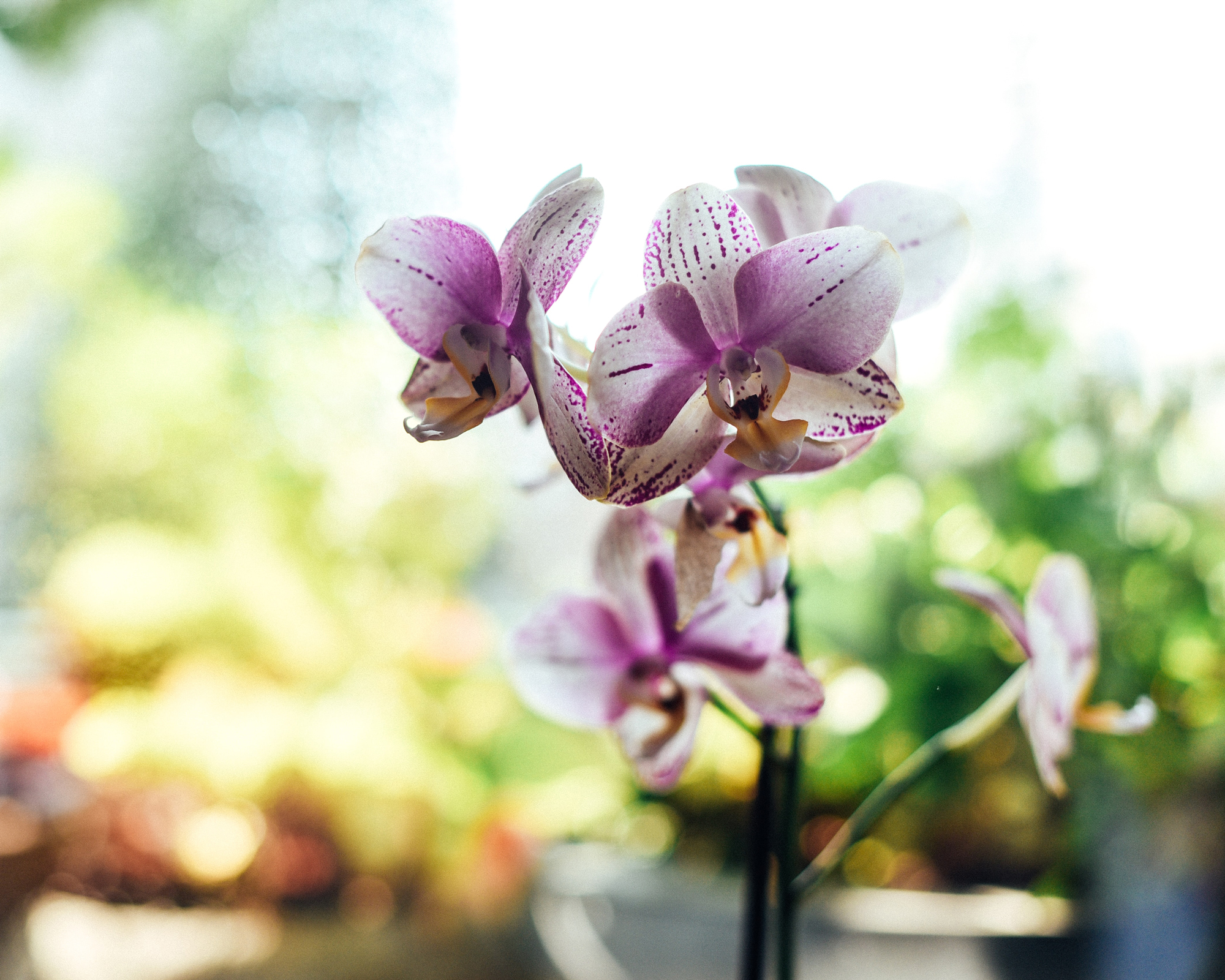Why do orchid leaves turn yellow? These are the 3 most common reasons
Yellowing leaves on an orchid are a sign of distress, but it's usually not too late to save your plant

Asking 'why do orchid leaves turn yellow?' is a sign your orchid is not doing so well. Contrary to popular belief, growing orchids isn't as difficult as people think. In fact, orchids are one of the best indoor plants that will flower for many years, but you do have to give them the right conditions. Very often that means just leaving them alone and not fussing over them too much. If your orchid is yellowing, it's showing signs of distress – these are the most likely reasons.
1. Overwatering

This is the most common reason why your orchid's leaves are turning yellow. Lara Jewitt, Senior Nurseries Manager at Kew Gardens, explains that 'Orchids in general should only be watered when they have become dry and should never sit directly in water. However, they do like humidity. To increase humidity you can place them on a shallow tray with pebbles and some water - the pebbles keep them out of direct contact with the water.'
So, all those videos and Instagram posts you've seen of orchid roots sitting in bowls of water are a big no-no. Instead, Lara says you should 'water directly into the pots and let it run through until the weight of the pot is heavier.'
2. Incorrect positioning

Is your orchid growing next to a drafty window? Or perhaps you've placed it next to a radiator? Maybe you've placed it in a south-facing window to maximize the amount of light it gets. All three are completely wrong for an orchid that likes a steady temperature without too much sunlight, and fairly high ambient humidity.
Lara confirms that orchids 'don’t like draughts or dry heat so keep them away from radiators, drafty windows or the front door.' If you're seeing both yellowing leaves and flower buds dropping off, a draft or dry air is almost certainly the reason.
Watch light levels, too: orchids needs just enough indirect light, never scorching sunlight. When planning your indoor plant ideas, try to position your orchids away from south-facing windows.
3. Inadequate nutrition levels

Overfertilizing is a common mistake when growing orchids and yet another form of killing them with kindness. Lara explains that 'orchids don’t require a strong fertilizer'. They do like frequent application of fertilizer in the summer months, but the fertilizer should always be diluted by half. If you notice that your orchid's leaves are yellowing from the center outwards, you are using too much fertilizer or not diluting it enough.
Having said that, not feeding your orchid at all will also likely result in leaves yellowing or falling off, and no new leaves. If you've never fed your orchid for fear of killing it, start slowly, and it should recover.
Following these tips should ensure your orchid becomes the star of your indoor garden ideas once more.
Anna writes about interior design and gardening. Her work has appeared in Homes & Gardens, Livingetc, and many other publications. She is an experienced outdoor and indoor gardener and has a passion for growing roses and Japanese maples in her outside space.
